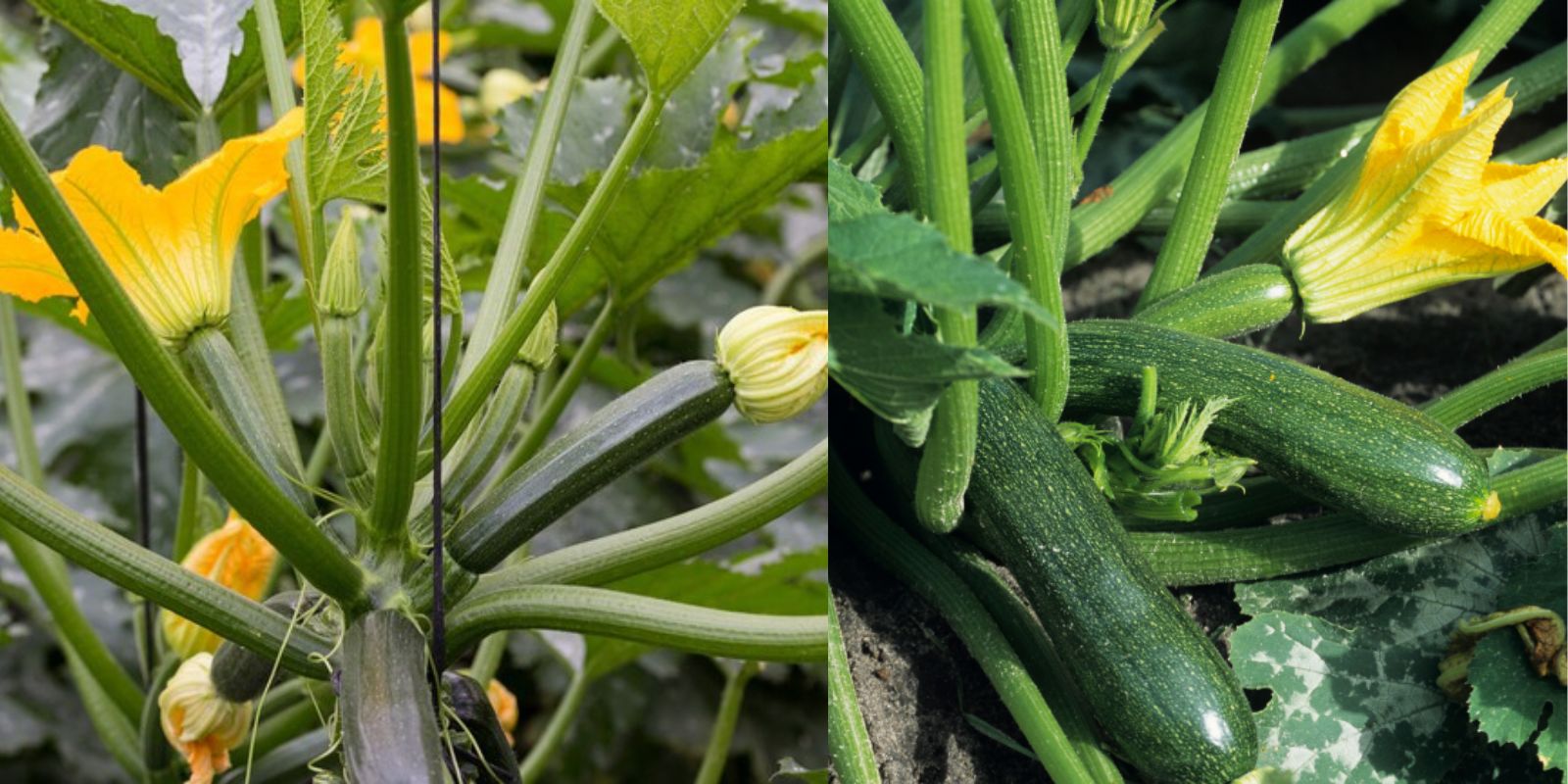Zucchinis are among the most rewarding vegetables to grow in the garden, known for their rapid growth and high yield. Whether you’re a seasoned gardener or a beginner, discovering effective techniques to maximize your zucchini harvest can transform your gardening experience. One particularly effective method involves using a straightforward trick that promises to boost your zucchini production. In this article, we will explore this technique in detail and provide a comprehensive guide to growing zucchinis that produce an abundance of fruit.
Understanding Zucchini Growth
Zucchinis, also known as courgettes, are a type of summer squash that thrive in warm weather. They are popular among gardeners because of their fast growth and prolific nature. A healthy zucchini plant can produce an impressive quantity of fruit throughout the growing season, making it a valuable addition to any vegetable garden.
However, achieving optimal growth and a bountiful harvest requires attention to several key factors, including soil preparation, fertilization, watering, and pest management. Implementing a specific technique, such as applying fertilizer correctly, can significantly enhance the growth and productivity of your zucchini plants.
The Simple Trick: Using Fertilizer to Boost Growth
1. Preparing the Soil
The first step in ensuring a successful zucchini harvest is to prepare the soil properly. Zucchinis require well-draining soil that is rich in nutrients. Follow these steps to create an ideal growing environment:
- Test the Soil: Begin by testing your soil to determine its pH and nutrient levels. Zucchinis prefer a slightly acidic to neutral soil pH, ideally between 6.0 and 7.0.
- Amend the Soil: Enrich the soil with compost or well-rotted manure. This will improve soil structure, enhance nutrient availability, and increase water retention. Work the compost into the top 6-8 inches of soil.
- Ensure Drainage: Zucchinis are susceptible to root rot if the soil is too soggy. Make sure your garden bed or container has good drainage to prevent waterlogging.
2. Applying Fertilizer
Fertilization is crucial for promoting robust growth and high fruit production in zucchini plants. Here’s how to apply fertilizer effectively:
- Choose the Right Fertilizer: Opt for a balanced, all-purpose fertilizer with an equal ratio of nitrogen (N), phosphorus (P), and potassium (K), such as a 10-10-10 formula. Alternatively, you can use a fertilizer specifically formulated for vegetables.
- Application Timing: Apply fertilizer before planting by mixing it into the soil. After planting, side-dress your zucchini plants with additional fertilizer once they start to flower. This provides a boost of nutrients during critical growth stages.
- Method of Application: Sprinkle the fertilizer evenly around the base of the plants, avoiding direct contact with the stems. Gently work it into the soil and water thoroughly to help the nutrients reach the roots.
3. Watering Regularly
Proper watering is essential for zucchini plants to thrive and produce abundant fruit:
- Consistent Moisture: Keep the soil consistently moist but not waterlogged. Zucchinis require regular watering, especially during hot weather. Aim for about 1-2 inches of water per week, adjusting based on rainfall and soil conditions.
- Avoid Overhead Watering: Water the plants at the base rather than from above to minimize the risk of fungal diseases. Drip irrigation or soaker hoses are ideal for providing consistent moisture.
4. Mulching for Success
Mulching is a beneficial practice that helps maintain soil moisture and suppress weeds:
- Apply Mulch: After planting, apply a layer of organic mulch, such as straw, grass clippings, or shredded leaves, around the base of the plants. This helps retain moisture, regulate soil temperature, and prevent weed growth.
- Replenish as Needed: Add additional mulch as it decomposes or becomes sparse. Ensure the mulch layer remains about 2-3 inches thick.
5. Monitoring and Harvesting
Regular monitoring and timely harvesting are crucial for maximizing zucchini production:
- Check for Pests and Diseases: Inspect your plants regularly for signs of pests or diseases. Common issues include squash bugs, powdery mildew, and blossom end rot. Address problems promptly using organic pest control methods and proper plant care techniques.
- Harvesting Tips: Harvest zucchinis when they are small to medium-sized, typically around 6-8 inches long. Smaller zucchinis are tender and flavorful, and harvesting regularly encourages the plant to produce more fruit.
Troubleshooting Common Issues
Even with the best practices, you may encounter challenges in your zucchini garden. Here are solutions to common problems:
- Poor Fruit Production: If your zucchinis are not producing fruit, it may be due to inadequate pollination. Ensure that bees and other pollinators are present in your garden, or hand-pollinate the flowers using a small brush.
- Yellow Leaves: Yellowing leaves can indicate a nutrient deficiency, overwatering, or fungal disease. Adjust your watering practices, check soil nutrients, and treat any fungal issues as needed.
- Deformed Fruit: Deformed zucchinis can result from inconsistent watering or nutrient imbalances. Maintain consistent moisture levels and ensure proper fertilization to prevent deformities.
Maximizing Your Zucchini Harvest
To get the most out of your zucchini plants, consider these additional tips:
- Companion Planting: Planting zucchini alongside companion plants like marigolds, basil, or beans can help deter pests and improve growth.
- Succession Planting: Stagger planting times to extend your harvest season. Plant new seeds every few weeks to ensure a continuous supply of zucchinis.
Conclusion: Enjoying a Bumper Zucchini Harvest
By following the steps outlined in this guide, you can boost your zucchini production and enjoy a plentiful harvest of this versatile vegetable. With proper soil preparation, effective fertilization, regular watering, and diligent care, your zucchini plants will thrive and provide an abundance of fresh produce throughout the growing season.
Ready to maximize your zucchini harvest? Implement these techniques in your garden and witness the impressive results. Embrace the joy of gardening and savor the satisfaction of growing your own delicious zucchinis. Happy gardening!

